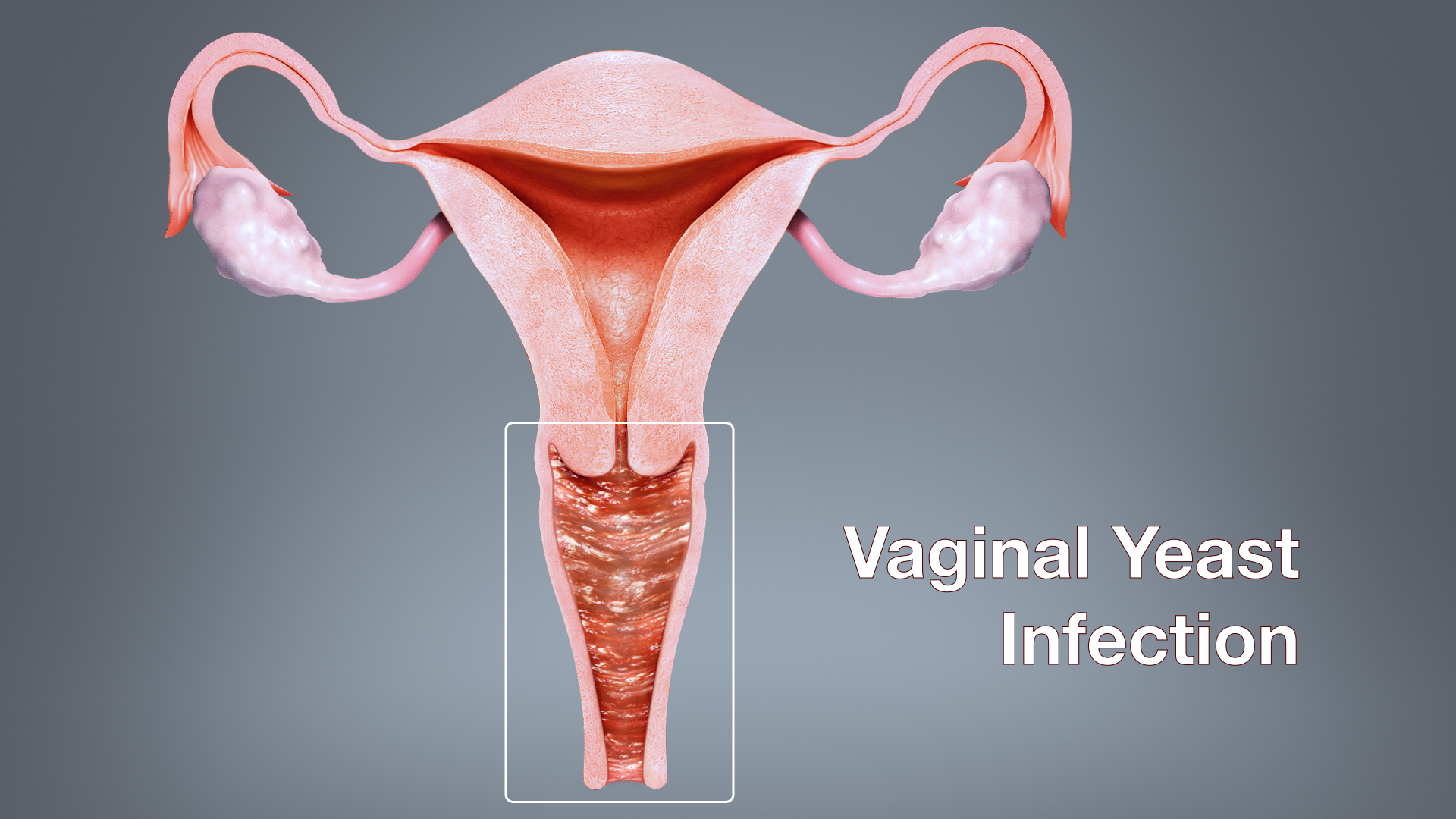
Vaginal Yeast Infections: Causes, Signs, Diagnosis and Treatment
- Home
- Blog
- Vaginal Yeast Infections: Causes, Signs, Diagnosis and Treatment
A vaginal yeast infection, also known as candidiasis, is a common fungal infection caused by an overgrowth of yeast (Candida albicans) in the vagina. Normally, Candida exists in small amounts in the vaginal area without causing harm, as it is kept in balance by beneficial bacteria. However, certain factors can disrupt this balance, leading to an overgrowth of yeast.
Causes
Several factors can trigger a vaginal yeast infection:
- Antibiotic use: Antibiotics may kill beneficial bacteria that maintain yeast balance, allowing yeast to proliferate.
- Hormonal changes: Pregnancy, menstruation, and hormone-based contraceptives can alter estrogen levels, promoting yeast growth.
- Diabetes: High blood sugar levels create an ideal environment for yeast to thrive.
- Weakened immune system: Conditions like HIV or immunosuppressant medications may decrease the body’s ability to control yeast levels.
- Excess moisture: Tight or non-breathable clothing can trap moisture, making it easier for yeast to grow.
- Douching and scented products: These can disrupt the natural vaginal flora, leading to infections.
Signs and Symptoms
Vaginal yeast infections are characterized by:
- Itching and irritation: Intense itching in the vaginal and vulvar region is a common symptom.
- Thick, white discharge: Often resembling cottage cheese, though the discharge may not have a strong odor.
- Redness and swelling: The vaginal area may appear red and inflamed.
- Burning sensation: Pain or burning may occur during urination or sexual intercourse.
- Soreness: Discomfort in the vaginal area and surrounding tissues is common.
Diagnosis
To diagnose a yeast infection, a healthcare provider will review symptoms and medical history, including any recent antibiotic use or hormonal changes. A pelvic exam is usually performed to check for redness, swelling, or discharge. The doctor may take a sample of vaginal discharge to examine under a microscope, confirming the presence of yeast. In cases of recurrent infections, a culture test may be done to identify the exact strain of yeast.
Treatment
Vaginal yeast infections are typically treated with antifungal medications. The choice of treatment depends on the severity of symptoms:
- Over-the-counter (OTC) antifungal treatments: These are available in the form of creams, ointments, or suppositories and include medications like Miconazole (Monistat) and Clotrimazole (Lotrimin). Treatment usually lasts 1-7 days, depending on the product.
- Prescription treatments: If OTC treatments fail, a doctor may prescribe oral antifungal medications like Fluconazole (Diflucan), a single-dose tablet that effectively clears the infection, or stronger topical treatments.
- Recurrent infections: Women experiencing recurrent infections may require prolonged treatment, such as oral antifungals taken weekly for six months or more.
Prevention
Preventing yeast infections involves maintaining good hygiene, wearing loose-fitting, breathable cotton clothing, and avoiding douching or using scented vaginal products. Managing underlying conditions like diabetes and avoiding unnecessary antibiotic use can also reduce the risk of infection. Additionally, consuming probiotics or yogurt containing Lactobacillus acidophilus may help maintain the natural bacterial balance in the vagina.
Dr. K. Rajasekhar Reddy is a best orthopedic surgeon In Guntur . He is Well Known In Surgeries ,Orthopedics,Neurosurgery,General Medicine,general and laparoscopic surgery, Urology, pediatric orthopaedic, Gynaecology, Physiotherapy and Cardiology.

